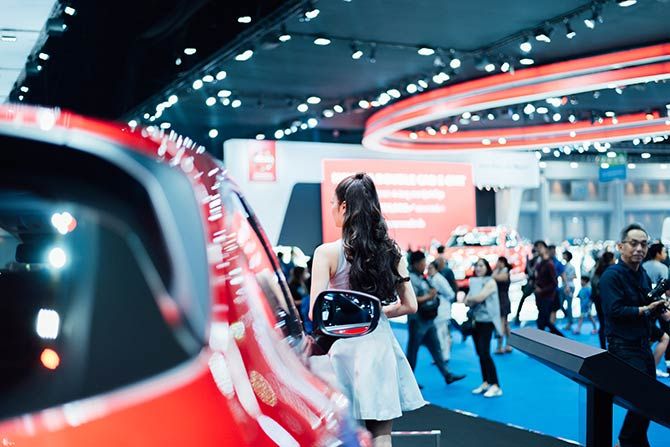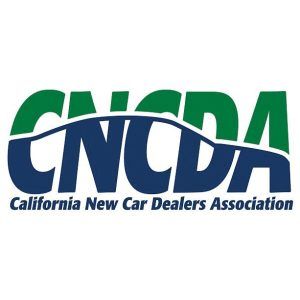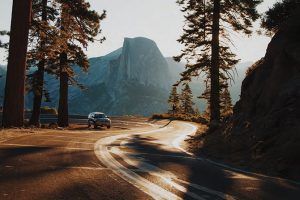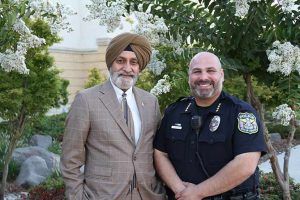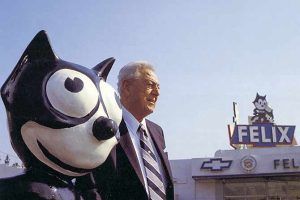On the morning of March 5, 1929, the 16th Annual LA Auto Show opened for another day of excitement and curiosity. There were four massive tents on the corner of Hill Street and Washington Boulevard. The auto show, growing in popularity, attracted thousands of people who were scheduled to attend that day. The show was in full swing, and millions of dollars of cars, boats and airplanes were on display.
Among the automobile manufacturers exhibited at the show were some well-known brands like Ford, Buick, Cadillac, Pontiac, Chevrolet, Chrysler, Dodge, Lincoln, Oldsmobile and Plymouth. There were also many other manufacturers who have since gone by the wayside, such as Essex, Auburn, DeSoto, Nash, Hudson, Kissel, Pierce Arrow and Studebaker. There were also auto part suppliers, accessory makers and retailers set up at the show. In addition to all of that, attendees were entertained with musical performances by three orchestras.
Around 4:10 p.m., a fire broke out and quickly spread up the curtains and across the exhibits. Within 30 minutes, the flames had completely decimated everything inside the highly flammable enclosure. Nearly 400 cars were burned beyond recognition, including a few irreplaceable specimens. It is estimated that about 2,500 attendees were present at the time, and miraculously, no one was seriously injured.
It was a struggle for the Los Angeles Fire Department to get the flames under control. When the flames were finally subdued, the Los Angeles Times described the damage as “a mass of smoking embers, charred wood, burning rubber and twisted steel.”
There are conflicting reports about how the fire started. The Los Angeles Times reported that a “smoldering cigarette” was the cause; other reports said that an electrical circuit in the airplane display sparked the fire. The losses were estimated to be $1.25 million.
An emergency meeting was held that same day and plans were made to move the auto show to a new location. The Southern California Auto Club provided a fleet of tow trucks, and enough cars were found to assemble the new auto show. With the help of the Motor Car Dealers Association of Los Angeles, the community and manufacturers, the show opened one day later, March 6, at Shrine Stadium. The quick actions of all parties sent a clear message: the LA Auto Show must go on!
The Times reported that “all of the exhibitors who participated in the first show will take part in the new one. Cars similar to the ones destroyed will be on the display with the exception of specially built models.” Because the new location’s auditorium was quite a bit smaller than the now-destroyed Washington Park location, there was only a small selection of trucks exhibited, and no accessories were included.
A few months after the fire, the stock market crashed, and the country entered the Great Depression. The bottom fell out of automobile sales, but the L.A. Auto Show kept going until the start of World War II. It came back with great excitement in 1952. The re-opening of the LA Auto Show was held at the Pan Pacific Auditorium with 152 vehicles on display. The return of our soldiers from war brought great interest in European cars, and the number of imports on display grew. The LA Auto Show became an international phenomenon.
The 1960s brought Japanese automobiles to the showroom floor along with a need for more space for the growing displays and to accommodate the crowds. By the 1980s, 87.2% of American households owned at least one vehicle, 51.5% owned more than one. Car ownership was accessible to most, with the average price for a new car being $7,000 and gas being around $0.90 a gallon. Americans had truly become auto-dependent. The LA Auto Show hit a stride that has carried it forward to where it is today.



